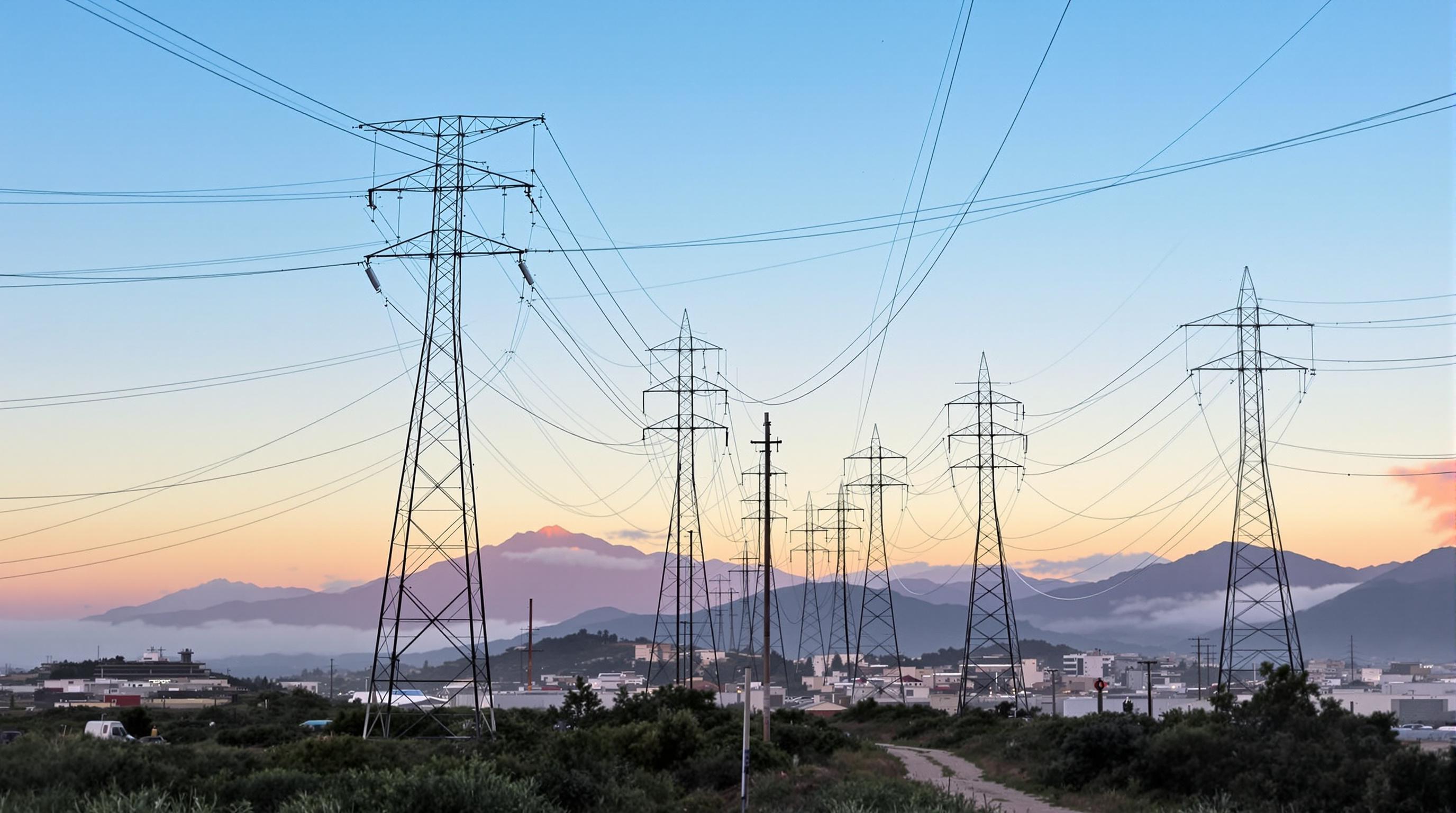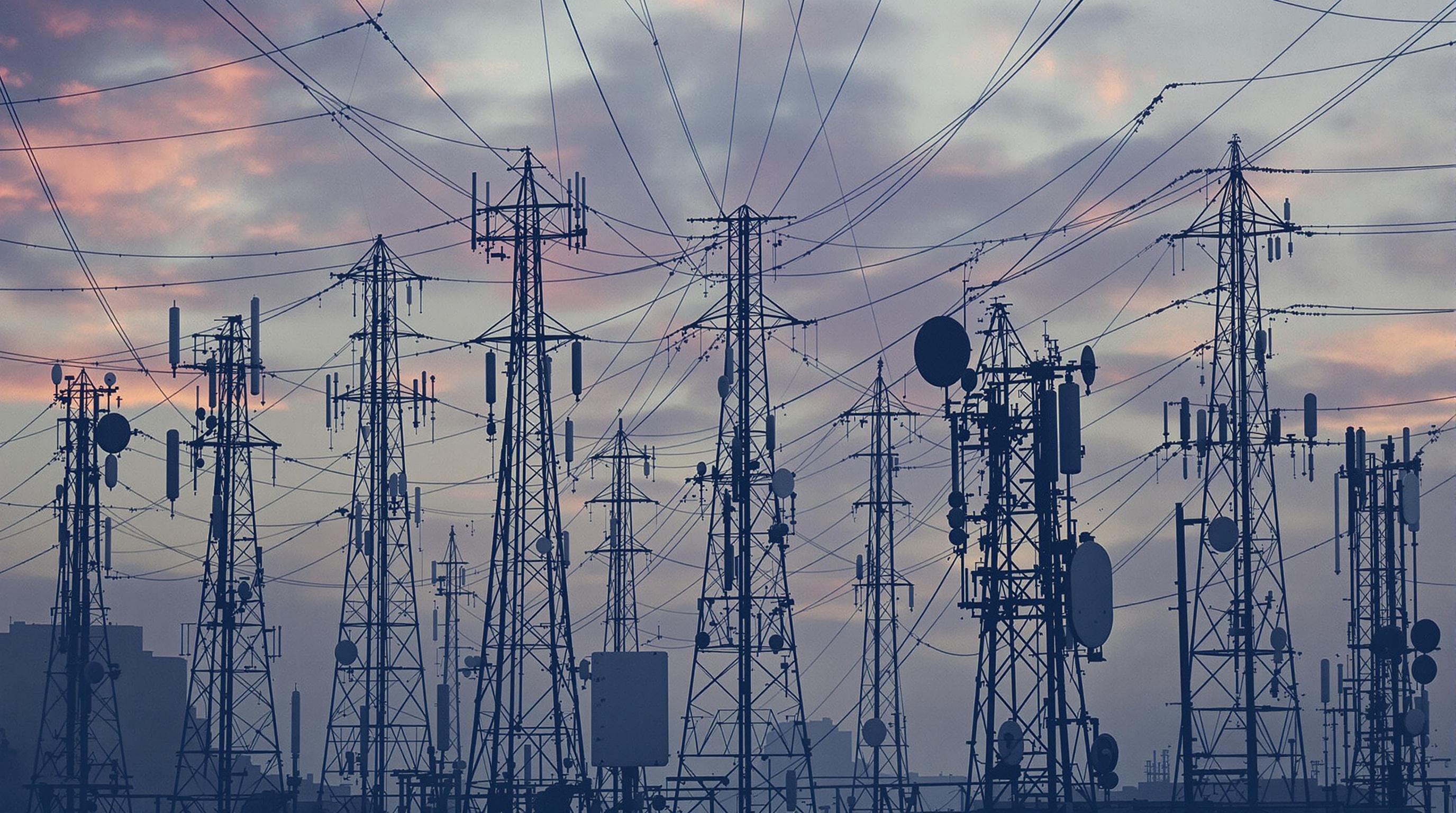Related Articles
- Uncharted Frequencies: The Surprising Role of Subcultures in Shaping Global Digital Landscapes
- Wired Whims: The Unexpected Role of Niche Online Communities in Shaping Global Digital Trends
- Fragmented Signals: Exploring the Shadows of Digital Divide in Emerging Economies and Its Impact on Global Unity
- Decoding the Invisible: How Microbial Communication Could Revolutionize Digital Interactions
- Cryptic Channels: How Encrypted Messaging Platforms Are Reshaping Trust and Transparency in Online Interactions
- Mysterious Modes: The Rise of Cryptographic Channels in Secret Online Dialogues and Their Hidden Impacts
10 Unexpected Challenges in Telecommunication Infrastructure: How Geography Shapes Connection Quality and Access
10 Unexpected Challenges in Telecommunication Infrastructure: How Geography Shapes Connection Quality and Access
10 Unexpected Challenges in Telecommunication Infrastructure: How Geography Shapes Connection Quality and Access
1. Geographic Isolation and Connectivity
Telecommunication infrastructure is heavily influenced by geographic location. Rural and remote areas often struggle with poor connectivity due to their isolation. The cost of establishing networks in these regions can be prohibitively high for providers, leading to a significant digital divide.
In contrast, urban areas typically enjoy robust telecommunications frameworks due to the high density of users. This disparity raises important questions about equity and access, as citizens in geographic isolation are often left behind.
According to a report by the Federal Communications Commission (FCC), over 14 million Americans live in areas lacking broadband access, reflecting the profound impact of geographic location on connectivity (FCC, 2021).
2. Topographical Challenges
Topography plays a critical role in telecommunication infrastructure development. Mountains, valleys, and bodies of water can obstruct signal transmission, leading to inconsistent quality. Engineers face unique challenges when designing infrastructure in areas with significant elevation changes.
For instance, signal towers might need to be placed on higher ground to improve line-of-sight communication, which can increase costs and complicate installation. This is particularly evident in regions with rugged terrain, such as the Appalachian Mountains.
Research shows that mountainous areas may require more repeaters and relays, leading to higher operational costs and delayed service expansion, further entrenching the existing digital divide.
3. Weather and Climate Variability
Telecommunication networks are susceptible to the effects of climate and weather conditions. Storms, hurricanes, and heavy rainfall can damage physical infrastructure, leading to outages and reduced service quality. Geographic regions prone to severe weather face ongoing challenges in maintaining connectivity.
For example, coastal areas frequently affected by hurricanes require telecommunications providers to invest in weather-proof infrastructure, which can be significantly more expensive. This reliance on durable infrastructure can increase the cost of service in these regions.
Moreover, changing climate patterns can lead to unpredictable weather events, forcing companies to adapt their infrastructure plans continuously, raising concerns over regional disparities in resilience.
4. Population Density and Market Viability
Population density shapes market viability for telecommunications companies. Areas with high population density offer lucrative markets due to a larger user base, prompting higher investment in infrastructure. Conversely, sparse populations often lead to limited service options and slower development.
This dynamic can be seen in the contrast between urban centers and vast rural areas. For instance, a telecommunications company may prioritize investment in cities where return on investment is higher, leaving rural communities with fewer options.
A study by the Pew Research Center highlights that rural Americans are more likely to report challenges accessing reliable internet service compared to their urban counterparts, illustrating how geography directly influences service accessibility (Pew Research, 2020).
5. Regulatory and Political Factors
Geography also intersects with regulatory and political challenges that impact telecommunication infrastructure. Local laws, zoning regulations, and permitting processes can significantly alter the landscape of connectivity.
In regions where government support for telecommunication development is lacking, private companies may hesitate to invest. Political will and local governance play a crucial role in facilitating or impeding infrastructure projects.
For instance, states with supportive policies can see rapid improvements in their telecommunication frameworks, while others may struggle due to bureaucratic hurdles, showcasing the interplay of geography and governance.
6. Infrastructure Disparities Across Regions
There is often an uneven distribution of telecommunications infrastructure across various geographic regions. Wealthier areas tend to have more advanced technology and better connections, while economically disadvantaged regions lag behind.
This disparity can lead to exacerbated social inequalities, where access to information and opportunities remains limited for certain populations. It raises ethical concerns about whether access to technology should be a fundamental right.
According to the International Telecommunication Union, regions with low-income populations frequently experience challenges in both quality and accessibility of services, amplifying existing socioeconomic disparities (ITU, 2021).
7. Environmental Concerns
Building telecommunication infrastructure can pose significant environmental challenges. The installation of towers and cables may disrupt local ecosystems, particularly in sensitive areas like wetlands or forests.
Geography shapes these considerations, as providers must navigate the delicate balance between expanding access and preserving the environment. Environmental regulations can also slow down projects, as companies must conduct thorough assessments before obtaining permits.
This navigation of environmental considerations highlights the need for sustainable telecommunications practices that respect both human and ecological needs.
8. Technological Advancements and Infrastructure Aging
As technology rapidly advances, existing telecommunications infrastructure may become outdated. Geographic considerations affect the feasibility of upgrading or replacing legacy systems, particularly in rural areas where new investment might not be economically viable.
Providers must balance the costs of maintaining old infrastructure while investing in new technologies like 5G. This often leads to a patchwork of service quality, where some areas enjoy cutting-edge technology while others struggle with outdated connections.
Furthermore, maintaining outdated technology can complicate efforts to implement new systems, limiting overall efficiency and user satisfaction.
9. Cultural Factors and Community Engagement
Cultural factors and community engagement can influence telecommunication infrastructure development. In regions where communities have historically been underserved, distrust of telecommunications companies can hinder service adoption.
Geography shapes these relationships, as geographically isolated communities may be skeptical of outside providers and their intentions. It’s crucial for companies to engage with local residents and understand their unique needs for successful project outcomes.
Building a sense of trust and commitment to the community is essential for service adoption and long-term sustainability of telecommunications infrastructure in diverse geographic contexts.
10. Future-Proofing Infrastructure Investments
As the demand for connectivity continues to grow, future-proofing telecommunications infrastructure investments is imperative. Geography plays a significant role in determining what infrastructure solutions will be effective, as different regions will have varying needs and challenges.
Investing in flexible and scalable technologies can help mitigate issues related to geographic constraints. Companies must consider factors like population trends, climate change impacts, and technological innovations when making long-term plans for infrastructure.
Ultimately, understanding the relationship between geography and connectivity is critical for improving service access and fostering social equity in telecommunications. By addressing these nuanced challenges, providers can work toward creating a more connected and equitable future.





